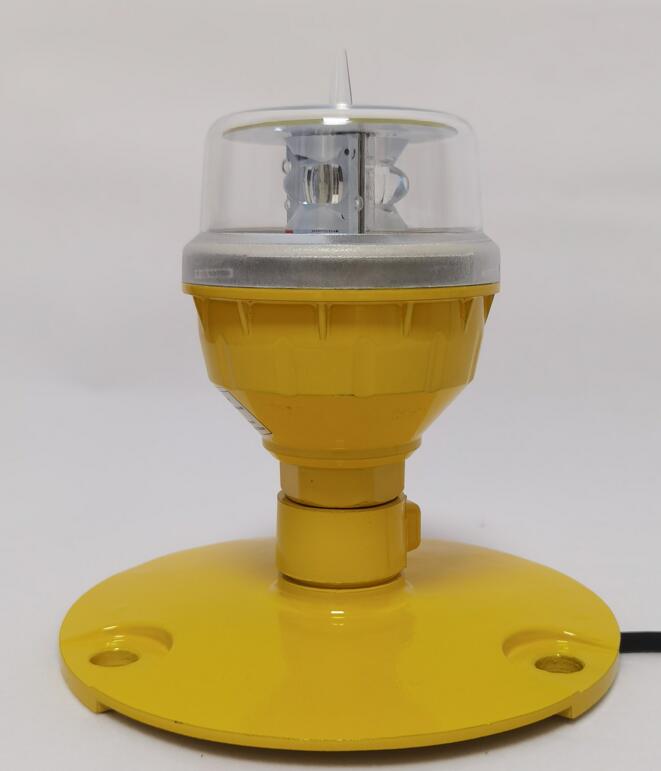12V Aircraft Landing Lights: Powering Safe Approaches in General Aviation
In the world of general aviation, 12V aircraft landing lights serve as critical components for safe nighttime operations and enhanced visibility. These lighting systems provide essential illumination for approach and landing while meeting the unique power requirements of smaller aircraft. This article examines the technical specifications, installation considerations, and operational benefits of 12V aircraft landing lights, offering insights for pilots, mechanics, and aviation enthusiasts.
The Role of 12V Systems in Aviation Lighting
Most general aviation aircraft utilize 12-volt electrical systems because:
Lower voltage requirements match smaller airframe designs
Reduced electrical load preserves battery life
Compatibility with standard automotive-style components
Sufficient power for essential lighting needs
12V aircraft landing lights have evolved from simple incandescent bulbs to advanced LED systems while maintaining voltage compatibility.
Technical Specifications
1. Light Output Characteristics
Minimum 50,000 candela for effective runway illumination

25-40 degree beam spread for optimal coverage
Color temperature between 5000K-6500K (daylight spectrum)
2. Electrical Requirements
12V DC operation (±10% voltage tolerance)
| aircraft landing lights 12v |
Typical current draw: 5-15 amps depending on technology
Compatible with standard aviation wiring (16-14 AWG)
3. Physical Dimensions
Housing diameters: 3-6 inches depending on application
Depth: 2-4 inches for most wing-mounted installations
Weight: 0.5-2.5 lbs per light unit
| aircraft landing light 12v |
Types of 12V Aircraft Landing Lights
1. Halogen Systems
Traditional technology still used in some legacy aircraft
100-150 watt output typical
300-500 hour lifespan
Affordable replacement costs
2. LED Conversion Kits
Direct replacement for halogen fixtures
30-50 watt power consumption
10,000+ hour operational life
Instant full brightness capability
3. Sealed Beam Units
All-in-one ruggedized design
PAR-36 or PAR-46 configurations
Waterproof and vibration resistant
Popular for experimental aircraft
Installation Considerations
Proper installation of 12V aircraft landing lights requires attention to:
1. Electrical System Compatibility
Verify alternator/battery capacity
Check circuit breaker ratings
Ensure proper wire gauge selection
2. Mounting Options
Wing leading edge installations
Engine cowl mounting
Retractable nose gear configurations
Wingtip integrations
3. Regulatory Compliance
FAA AC 20-74 for installation approval
STC requirements for certified aircraft
Experimental aircraft allowances
Operational Benefits
Pilots appreciate 12V aircraft landing lights for:
Enhanced Visibility
Improved runway identification at night
Better recognition during daylight landings
Increased conspicuity to other aircraft
System Reliability
Reduced electrical load on aircraft systems
Minimal voltage drop issues
Compatibility with backup power systems
Maintenance Advantages
Longer service intervals than higher-voltage systems
Standardized replacement parts
Easy troubleshooting procedures
Maintenance Best Practices
To ensure optimal performance of 12V aircraft landing lights:
Regular Inspections
Check lens clarity and cleanliness
Verify secure mounting hardware
Inspect electrical connections for corrosion
Cleaning Procedures
Use approved aviation cleaning solutions
Soft cloths to prevent scratching
Compressed air for debris removal
Performance Testing
Ground illumination checks at dusk
Voltage drop measurements during operation
Beam pattern evaluation
Emerging Technologies
The future of 12V aircraft landing lights includes:
Smart Control Systems
Automatic brightness adjustment
Integrated thermal management
Wireless control interfaces
Advanced LED Designs
Improved lumen-per-watt efficiency
Enhanced color rendering
Reduced glare characteristics
Hybrid Lighting Solutions
Combination landing/taxi/strobe functions
Integrated position lighting
Customizable light patterns
Safety Considerations
Proper use of 12V aircraft landing lights requires:
Following manufacturer's operating guidelines
Avoiding extended use when engine is off
Proper circuit protection installation
Adherence to aircraft electrical load limits
12V aircraft landing lights continue to play a vital role in general aviation safety, offering reliable illumination within the power constraints of smaller aircraft. The transition from traditional halogen to advanced LED technology has significantly improved performance while maintaining 12-volt compatibility. These lighting systems provide pilots with essential visibility while offering operators practical benefits in maintenance and reliability.
As aviation technology progresses, 12V aircraft landing lights will likely incorporate more sophisticated features while retaining their fundamental voltage specification. For aircraft owners and operators, understanding these systems' capabilities and requirements ensures proper selection, installation, and maintenance - ultimately contributing to safer flight operations in the critical phases of approach and landing.
